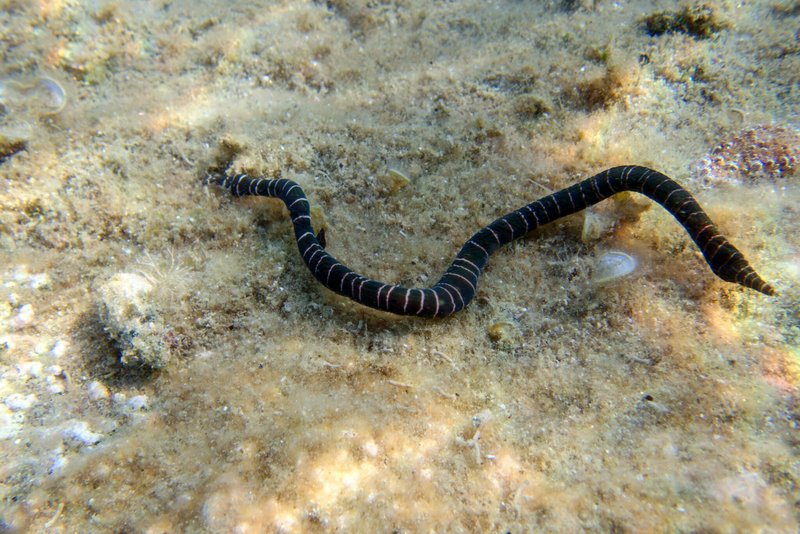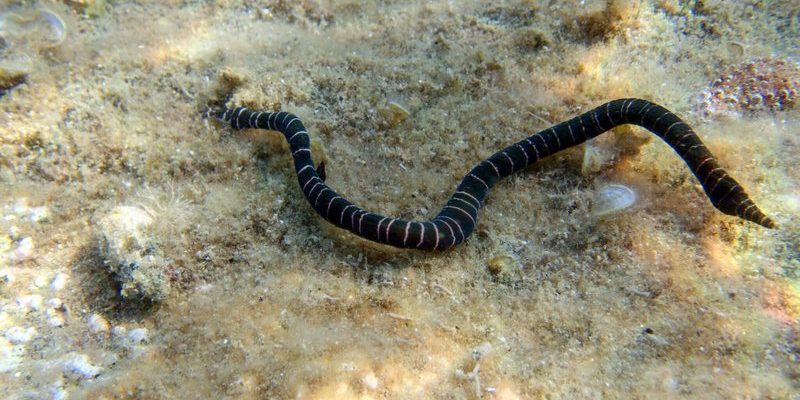
When we think of these worms, it’s easy to imagine them as simple creatures. But there’s so much more going on beneath the surface! They can exhibit some remarkable behaviors depending on the season. In a way, their lives are like a well-orchestrated symphony, each season contributing a different note to their survival story. So, let’s dive into the fascinating world of ribbon worms and find out how their behavior shifts with the changing seasons.
What Are Ribbon Worms?
Before we dig deeper into their seasonal behaviors, let’s get a clear picture of what ribbon worms actually are. These creatures belong to the phylum Nemertea and come in various forms and colors, ranging from bright orange to deep brown. They can sometimes grow quite long, with some species stretching over 30 meters!
Ribbon worms are known for their unique **proboscis**—a long, tubular structure they use to catch prey. Imagine a tiny, stretchy lasso that they can shoot out to grab food! They primarily eat small invertebrates, and their hunting strategy is quite effective. By understanding their anatomy, we can appreciate how their behavior varies throughout the seasons.
You might be wondering where these fascinating creatures live. Well, they typically inhabit marine environments like ocean floors and tidal pools, although some species can be found in freshwater or on land. Their habitats play a crucial role in how they behave and adapt to seasonal changes.
How Temperature Affects Ribbon Worms
Temperature is a major player in the seasonal behavior of ribbon worms. In temperate zones, the fluctuations in temperature can be quite significant throughout the year. During the warmer months, ribbon worms tend to be more active, often venturing out of their hiding spots to hunt and reproduce. This is their prime time!
As temperatures drop in the fall and winter, these worms slow down considerably. Their metabolic rates decrease, and they often seek refuge in the mud or sand to escape the cold. Picture a cozy blanket made of earth, which keeps them warm while allowing them to conserve energy. Honestly, it’s quite an ingenious survival strategy.
During this hibernation-like phase, you might not see them at all, but they’re still doing their thing underground. This knack for adapting to temperature changes helps ensure their survival, as they can efficiently manage their energy and resources throughout the different seasons.
Breeding and Lifecycle Changes
For ribbon worms, **breeding** is closely tied to seasonal changes. In many species, reproductive activities ramp up in spring and summer. This is when the waters are warmer, and food is abundant, providing the perfect conditions for raising young. It’s like hosting a summer garden party where all the right elements come together for a lively gathering.
Most ribbon worms are **dioecious**, meaning they have distinct male and female forms. During mating, males will often release sperm into the water, allowing females to fertilize their eggs externally. This can lead to the release of a large number of larvae, ensuring a better chance of survival.
As temperatures start to cool down in the fall, many species go through a process called **diapause**. This is a period of dormancy that helps the embryos weather the cold until conditions are favorable again. Think of it as a little nap that keeps them safe and sound until it’s time to wake up and rejoin the circle of life in spring.
Feeding Behavior Through the Seasons
Feeding habits of ribbon worms also adapt with each season. During warmer weather, they are more aggressive hunters. They actively search for food, using their proboscis to ensnare prey. It’s like a buffet feast for them, as they take full advantage of the abundance of food available.
As temperatures drop, their feeding patterns change dramatically. They become less active and may even enter a fasting state. You might be wondering how they survive during these lean months. Well, they rely on stored energy reserves, much like how we might save leftovers in the fridge for a rainy day.
This change in feeding behavior not only helps them to survive but also impacts the ecosystems they inhabit. By regulating their hunting and feeding, they play a vital role in the food web, influencing the populations of smaller invertebrates around them.
Environmental Influences on Behavior
The ribbon worm’s behavior is also influenced by environmental factors beyond just temperature. **Salinity**, for example, can affect their distribution and activity levels. In areas with varying salinity, you’ll find them adapting to those changes quite deftly.
Another environmental factor is **seasonal rainfall**. In seasons with heavy rains, some ribbon worms may find themselves in more brackish waters that flow into estuaries. These shifts can change their behavior and feeding patterns. Imagine being at the beach one day and then finding yourself in an estuary the next—it’s all about adapting to your surroundings.
Moreover, the presence of predators and competition for resources can influence how active ribbon worms are at different times of the year. In essence, they are constantly adjusting their behavior to thrive in their changing environment, showcasing an impressive level of adaptability.
Conservation and Human Impact
Understanding the seasonal behavior of ribbon worms is important for conservation efforts. As human activities like pollution and climate change impact their habitats, it’s essential to monitor how these changes affect ribbon worm populations. Climate change, for instance, can alter temperature and salinity, which may disrupt their breeding and feeding patterns.
Community efforts to protect natural habitats can help maintain the delicate balance that ribbon worms and other marine life depend on. By preserving coastal environments, we can ensure that these fascinating creatures continue to thrive.
Education plays a crucial role here too. Ensuring that future generations understand the importance of these organisms helps foster a culture of conservation. We need to appreciate how all aspects of nature, including creatures like ribbon worms, are interconnected.
Ribbon worms may not be the stars of nature documentaries, but their seasonal behaviors are a testament to their resilience and adaptability. From temperature shifts to breeding cycles, these fascinating creatures demonstrate the intricate dance of life in temperate zones.
So, the next time you’re by the ocean or a tidal pool, take a moment to think about the ribbon worms living in those waters. Their lives are woven into the fabric of our ecosystems, and their seasonal behavior offers us a glimpse into the remarkable complexity of nature. By understanding and protecting them, we play a part in the greater story of life on Earth.

